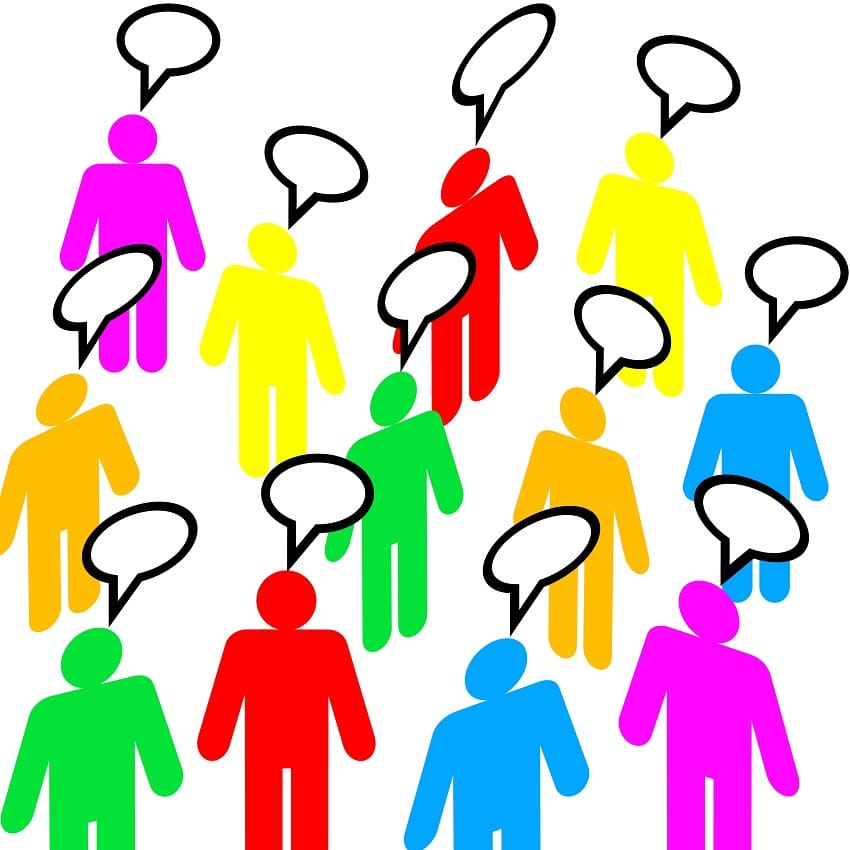
Gender Equality and Development essay
It is known that gender is focused on female and male roles in society, and different cultures interpret the biological differences between men and women in different ways. That is why culture and geography contribute to gender inequalities across the world. Gender can be translated into inequalities in different forms: “in human capital, economic opportunities, citizenship, and political participation” (The World Bank 2012, 46). Gender inequalities in different geographical locations and in different cultures are interrelated. It is found that “higher incomes and improved service delivery—both essential elements of broad-based economic development—contribute to greater gender equality”, according to the report (The World Bank 2012, 46). It means that gender gaps in education, healthcare delivery and labor market opportunities can be narrowed. Today both men and women have an opportunity to get good education, and women have equal labor opportunities with men (40% of women make up the world’s labor force).
However, there are still a lot of gender gaps in developing countries, in which poor girls belong to the excluded groups and have no chance to attend school. In addition, women and girls in low-income countries “die at higher rates relative to men, especially in the years of infancy, early childhood and in their reproductive years”, according to the report (The World Bank 2012, 46). Moreover, far less women participate in politics and hold senior managerial positions in business in comparison with men. As a rule, gender gaps depend on the economic development of the country. It means that the women who live in developing countries face more gender inequalities, while the women who live in developed countries have more opportunities to enjoy equal right with men. Culture and geography contribute to gender inequalities through economic development of the country and the access to education.

